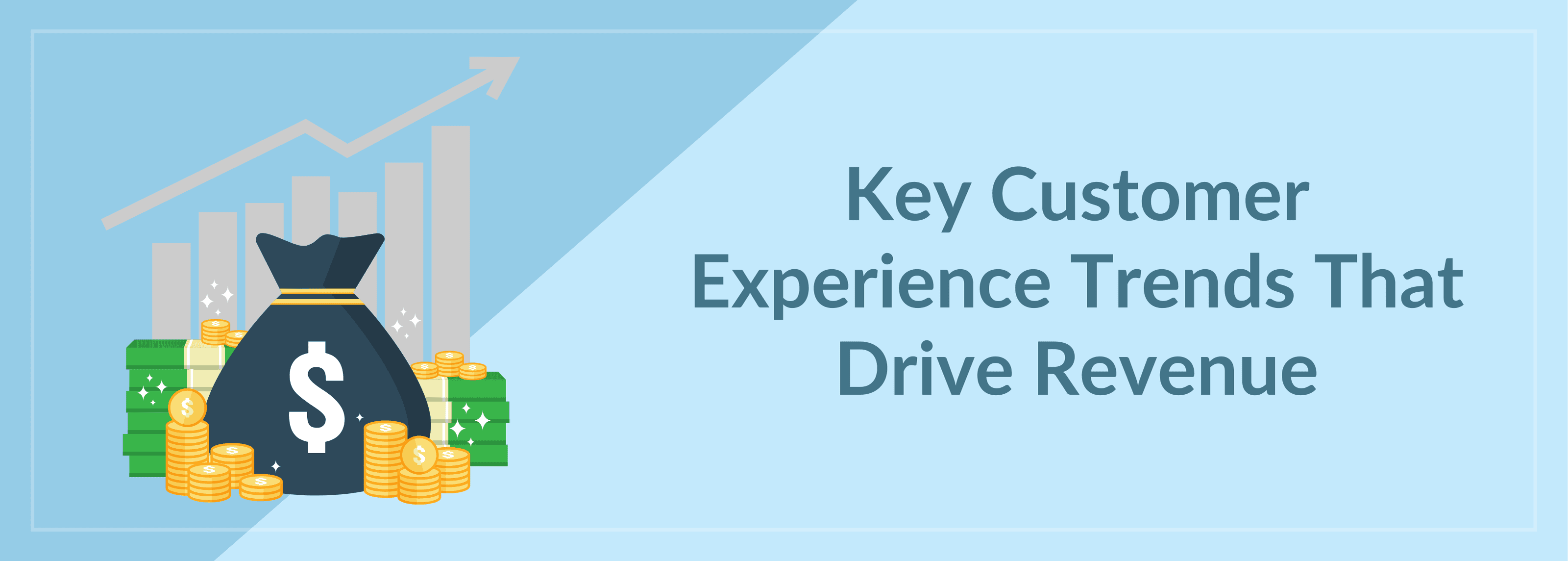The Key Customer Experience (CX) Trends That Make It a Revenue Driver!
As a part of my job, I happen to have conversations with multiple customer experience (CX) leaders across different verticals. About five years ago, most leaders did not find a place on the executive table, and getting approvals for additional investments for CX was always met with resistance. Besides, CX was looked at as a cost.
However, a lot of water has flown under the bridge, and there is a 360-degree shift in how CX is approached today. I have also been involved in panel discussions, and in the last three years, I have moderated more than 50 panels with CX leaders.
Some of the trends that I notice include:
- Customer experience has found a seat at the table, and it is increasingly looked at as a revenue generation function.
- Customer experience is accounted for quantitatively, which influences the decision-makers in its favor.
- There is a perceptible shift towards an omnichannel platform that offers a single view of customers across interfaces and channels.
- CX is the first step in the adoption of artificial intelligence (AI) in most organizations.
- Generative AI is becoming one of the big contributors to CX revenue generation.
What Do You Think of These Trends?
These trends are not just from the conversations and the panel discussions I had the opportunity to moderate but also from what our customers tell us about how their CX landscape is changing.
Let me give you a few examples.
Example 1: An Airline Operator
We work with an airline that uses our platform to provide customer support and service. With our platform, they started offering notifications about delays, seamless rebooking of tickets, and exceptional human assistance.
This allowed them to see a 15% increase in repeat bookings and a measurable uptick in customer loyalty scores.
A recent study showed that 96% of CX leaders say company leadership recognizes CX as a business driver, with 79% acknowledging its direct impact on revenue.
Example 2: A SaaS Service Provider
We work with a SaaS service provider who implemented voice analytics to track negative customer emotions in real time. They felt that this was directly contributing to their churn rates, which was becoming a concern.
By acting on negative sentiments before customers churned, they reduced their attrition rate by 15%. With this positive ROI, now they are doubling up on their CX investments.
Example 3: A Telecommunication Company
One of our telecom customers was using seven different tools to manage their customer support and service. This was becoming a nightmare for both the organization and their customers. Customers had to repeat their issue every time they switched channels. Who would want to do that?
Once they understood the problem, they signed up with our omnichannel platform, which provided a single view of their customers. Agents could access all their customer interactions from a single interface, and no customer ever had to repeat their issues multiple times.
This reduced their average handling time (AHT) by 25% and increased their first contact resolution (FCR) by 30%.
Recent research reveals that 81% of CX professionals believe consolidating customer data into a single platform would improve CX.
Example 4: A Financial Services Organization
A financial services organization implemented AI-powered chatbots to handle basic transactional queries. The customers felt the interactions were very robotic and lacked personalization. The company understood this by seeking both quantitative and qualitative feedback from its customers.
Once they understood it, they trained the AI model with real customer conversations, and the customer satisfaction scores improved by 40%.
They went a step further and implemented an AI-powered reminder solution for debt collections and upselling. This led to a 20% increase in timely payment and a 15% boost in upselling.
92% of businesses are using AI to enhance customer interactions. However, only 9% consider their implementation mature, while 24% are in the early stages. This presents a huge opportunity for businesses. All they have to do is become mature in their adoption, as the results are there for everyone to see.
Example 5: A Utility Service Organization
A utility service organization implemented a chatbot to handle first-level conversations with its customers. While the bot was able to handle transactional queries, it failed when it came to complex queries.
This brought in a lot of frustration for their customers and resulted in a not-so-happy experience. Then, they had to switch to having conversations with human agents to resolve the issue. However, they had to repeat the process of explaining the problems to the agents before they could be resolved.
Once they understood the issue, they provided an option for customers to seamlessly switch to having conversations with human agents directly from the chatbot. Besides, the customers don’t have to repeat themselves as the agent gets access to the chat conversation immediately.
This improved their customer satisfaction scores by 35%, stressing the importance of hybrid AI-human experiences.
98% of CX leaders agree that seamless AI-to-human handoffs are critical. However, 90% report friction.
CX is the new product, and it has become one of the biggest differentiators in the market today. When everything else is equal, how do you choose who to buy it from? From the one who provides the best experience. Isn’t it a no-brainer?
To truly capitalize on CX as the revenue driver, businesses need to look at omnichannel experiences, quicker adoption of AI, and seamless integration of the human touch with AI.
The emphasis has to be on simplifying operations and creating seamless and personalized experiences for customers.
